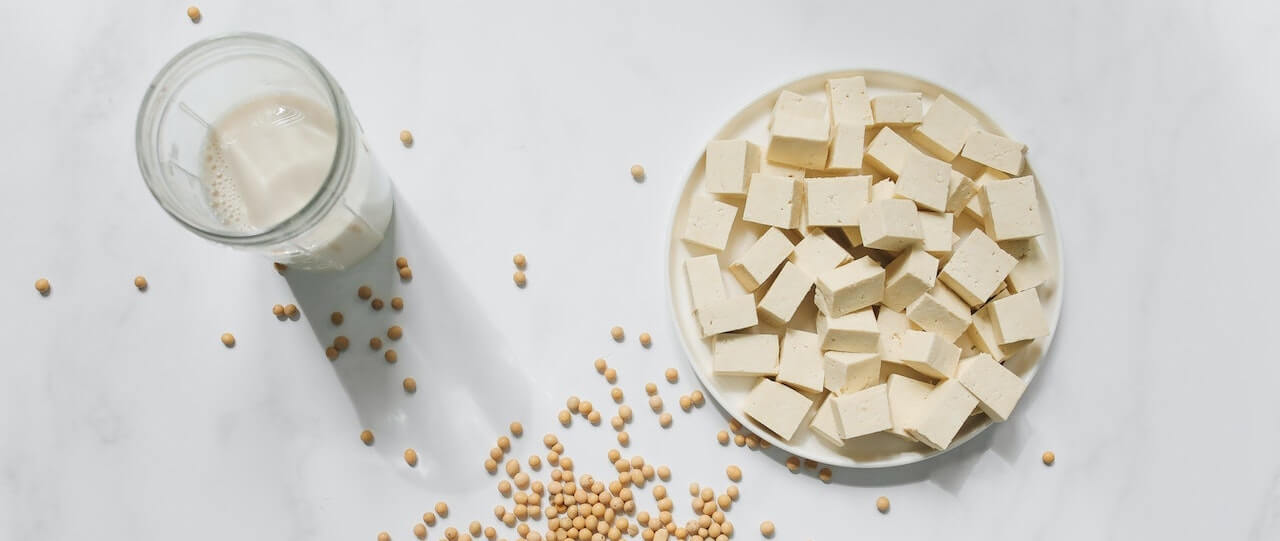
Inhaltsverzeichnis
Wie wird Tofu hergestellt?
Würzig mariniert mögen wir ihn doch alle am liebsten: Unseren Tofu, der manchmal auch “Bohnenquark” genannt wird. Egal ob Räuchertofu, Seidentofu, Tofublöcke, -scheiben oder -würfel – die Auswahl wird immer größer und stellt für viele eine dankbare pflanzliche Proteinquelle dar. Und auch wenn die meisten von uns wissen, dass Tofu aus Sojabohnen besteht, wollen wir uns heute genauer anschauen, wie er eigentlich hergestellt wird.
Tofu und seine Ursprünge
In unseren westlichen Kulturen hat sich Tofu besonders als Alternative für Fleisch etabliert. Dieses Image behält er bis heute. Was mich ehrlich gesagt manchmal ein bisschen ärgert. Denn Tofu kann und sollte als eigenständiges Lebensmittel angesehen werden und ist nicht allein Vegetarier:innen oder Veganer:innen vorbehalten. Wahrscheinlich ist es dem hohen Proteingehalt und den wenigen Kalorien geschuldet, dass Tofu hauptsächlich als Fleischersatz angesehen wird. Tatsächlich aber wird er bereits seit Jahrtausenden hergestellt und genossen.
Bis heute ist umstritten, wo genau Tofu seinen Ursprung hat. Klar ist, dass er aus fernöstlichen buddhistischen Kulturen stammt und sich wohl im 8. Jahrhundert über ganz Asien verbreitet hat. Mit der Zeit hat sich die japanische Bezeichnung “Tofu” durchgesetzt, wobei tō für „Bohne“ und fu für „Gärung, Gerinnung“ steht. Was uns auch schon direkt zur Herstellung bringt. Denn im Grunde ähnelt die Herstellung des Sojabohnenproduktes der von Käse und Milchprodukten: Aus den Sojabohnen wird Sojamilch hergestellt, die anschließend zum Gerinnen gebracht wird. Zuletzt wird überschüssige Flüssigkeit entfernt – es entsteht der weiße, feste Tofublock, wie wir ihn kennen. Auf die einzelnen Produktionsschritte gehe ich nun noch einmal genauer ein.
Der Herstellungsprozess
Sojabohnen zu Sojamilch verarbeiten
Wir beginnen – wer hätte es gedacht – mit Sojabohnen. Bei der Großproduktion werden meist weiße Sojabohnen verwendet. Bei einigen Herstellern kommt aber auch eine Mischung aus weißen, grünen und dunklen Sojabohnen zum Einsatz. Die Bohnen werden über ca. 12 Stunden in Wasser eingeweicht. Dabei verdoppeln sie sich in ihrer Größe. Zusätzlich werden sie weich, was für die Weiterverarbeitung wichtig ist. Denn nun geht es ans Pürieren. Das entstandene Bohnenpüree wird anschließend ausgepresst und aufgekocht, damit sich Schalen- und Faserstoffe voneinander trennen. Et voilà, da haben wir unsere Sojamilch!
Die feste Masse, die übrig bleibt, nennt man Sojaschrot. Das ist in der Industrie unter anderem ein beliebtes Viehfutter.

Gerinnung
Damit aus der Sojamilch Tofu entstehen kann, muss die Milch gerinnen. Als Gerinnungsmittel kommt traditionellerweise Nigari (Magnesiumchlorid) zum Einsatz. Das Salz wird in heißem Wasser aufgelöst und zur Sojamilch gegeben. Es sorgt dafür, dass die Sojamilch flockt. Die durch die Gerinnung entstandene Sojamolke und Tofumasse werden durch erneutes Absieben voneinander getrennt. Dabei wird auch das Nigari wieder entfernt.
Pressen
Die Tofumasse wird nun abgedeckt und in eine riesige Presse gegeben, um überschüssige Flüssigkeit zu entfernen. Anschließend wird die Masse in handliche Stücke geschnitten und in einem Wasserbad abgekühlt. Die entstandenen Blöcke sind die, die wir auch aus dem Supermarkt kennen.
Weiterverarbeitung
Für den klassischen Tofu ist die Herstellung hiermit abgeschlossen. Je nach Sojaprodukt schließen sich aber noch andere Arbeitsschritte an, wie z.B. das Räuchern des Tofus in großen Räucherkammern, die Weiterverarbeitung zu Würstchen oder das Marinieren der Tofublöcke. Für Tofu mit Gemüse, Algen oder anderen Gewürzen werden die jeweiligen Zutaten meist bereits während des Gerinnungsvorgangs hinzugegeben.

Tofu zuhause selber machen
Falls du dir jetzt denkst “das kann man doch eigentlich im kleinen Stil auch ganz einfach zuhause machen”, dann liegst du ganz richtig! Die einzelnen Produktionsschritte sind fast 1:1 in die heimische Küche übertragbar. Die zur Herstellung benötigten Materialien hat man sogar fast alle bereits zuhause. Allein das benötigte Nigari und die Tofupresse könnten einen zunächst von der Eigenproduktion abschrecken. Aber auch die sind leichter zu bekommen, als gedacht!
- Nigari: Kannst du (natürlich) im Internet bestellen. Alternativ ist Magnesiumchlorid in der Apotheke erhältlich. Stattdessen kannst du auch Calciumsulfat (ebenfalls online oder in der Apotheke erhältlich) oder Zitronensäure verwenden.
- Tofupresse: Auch die bekommst du am einfachsten im Internet. Oder aber du machst sie dir selbst! Alles, was du dafür brauchst, ist eine rechteckige Form in Tofu-Block-Größe (z.B. Vorratsdose aus Plastik oder Butterbrotdose), die du ohne Deckel verwenden kannst. In den Boden dieser Dose bohrst du nun einige Löcher, damit die überschüssige Flüssigkeit beim Pressen ablaufen kann. Hinzu kommt ein zurecht geschnittenes, dickes Stück Holz und ein einfacher Stein. Nachdem die Tofumasse eingefüllt wurde, einfach das Stück Holz drauflegen und mit dem Stein beschweren. Und fertig ist die selbstgemachte Tofupresse!
Möchtest du dich selbst an der Tofuherstellung probieren, kann ich dir diese Anleitung bzw. dieses Rezept von eat-this ans Herz legen. Für eine Videoanleitung schaue doch gerne mal auf Youtube vorbei (einfach nach “Tofu selber machen” suchen)!
Wenn du noch mehr über Themen wie Ernährung, Umwelt & Nachhaltigkeit, Achtsamkeit oder Familie und Schwangerschaft erfahren möchtest, schaue dir hier spannende Blog-Artikel dazu an.










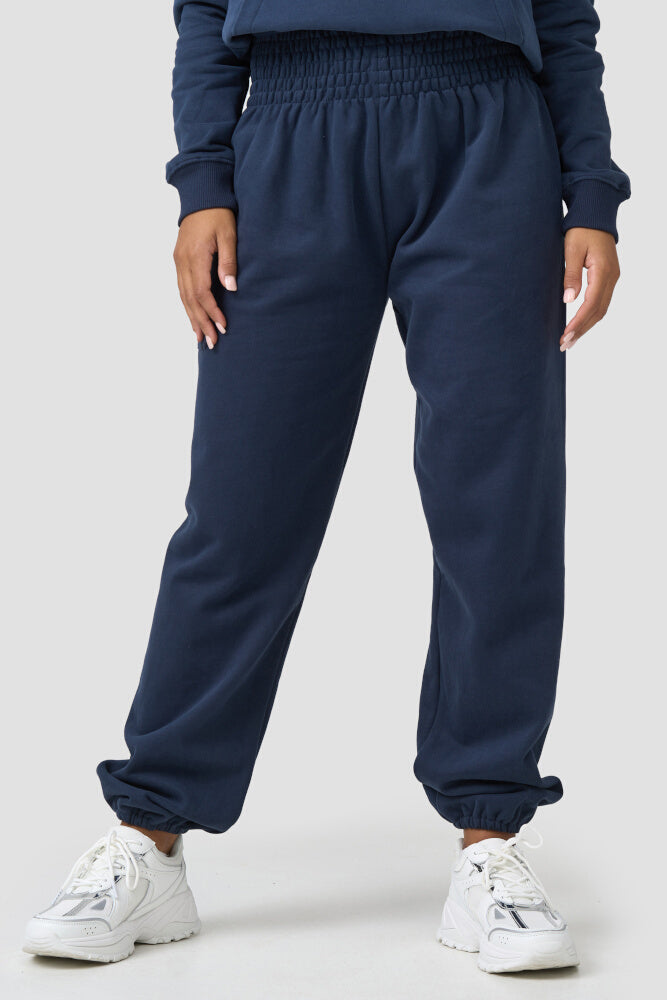

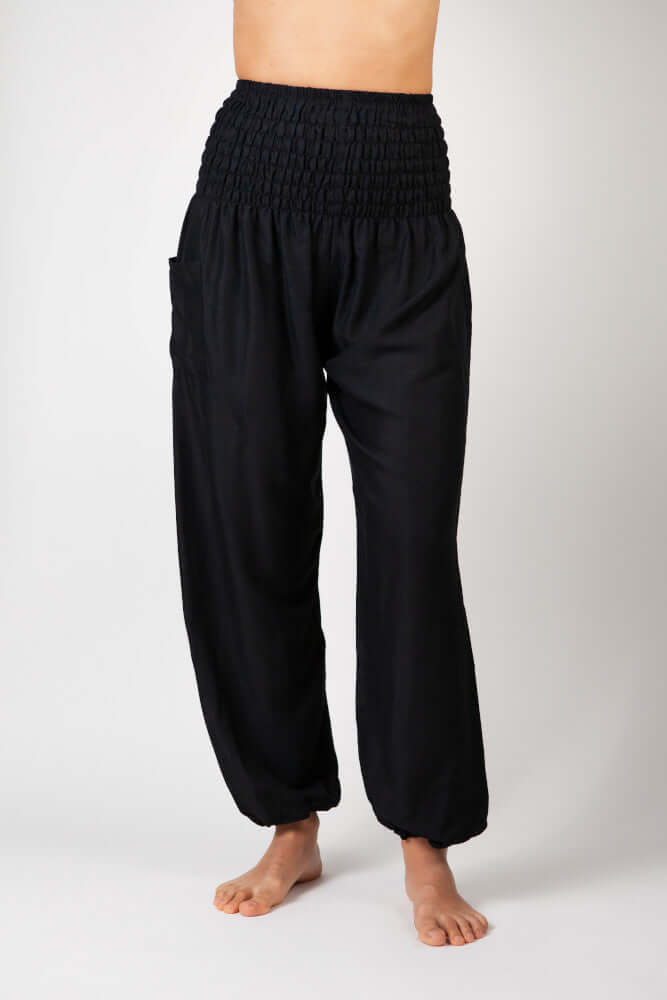

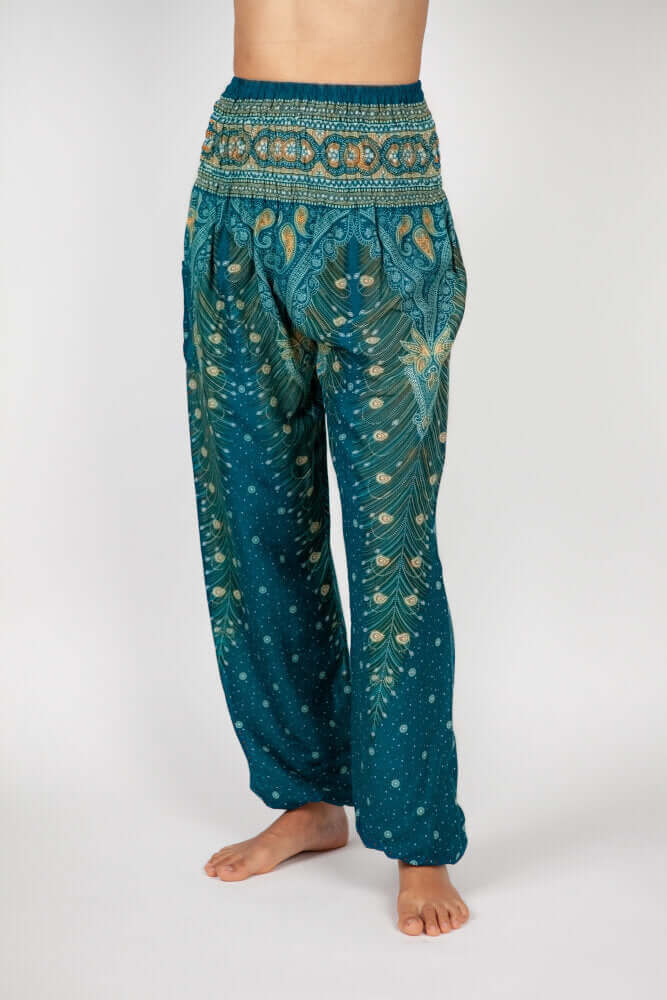






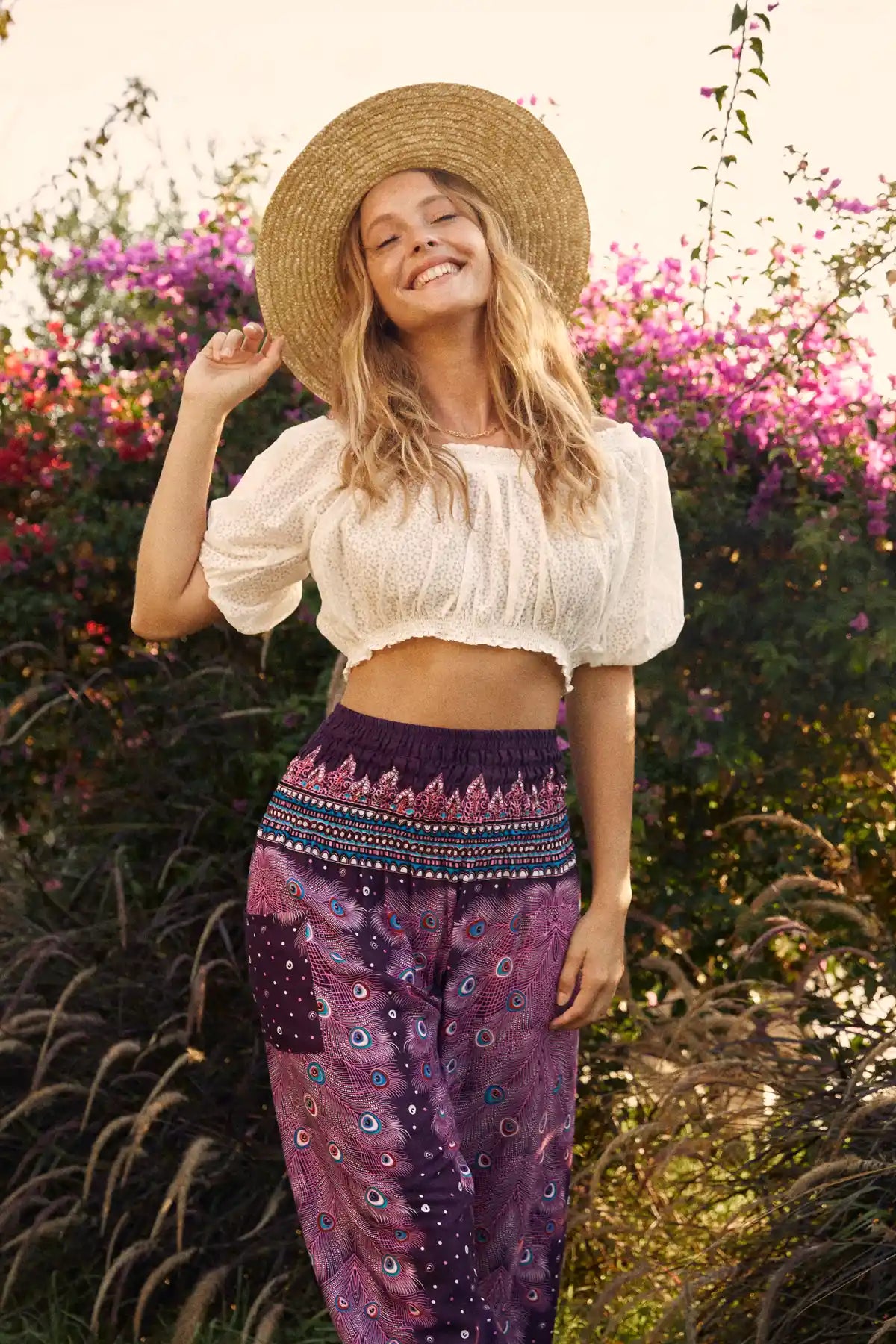


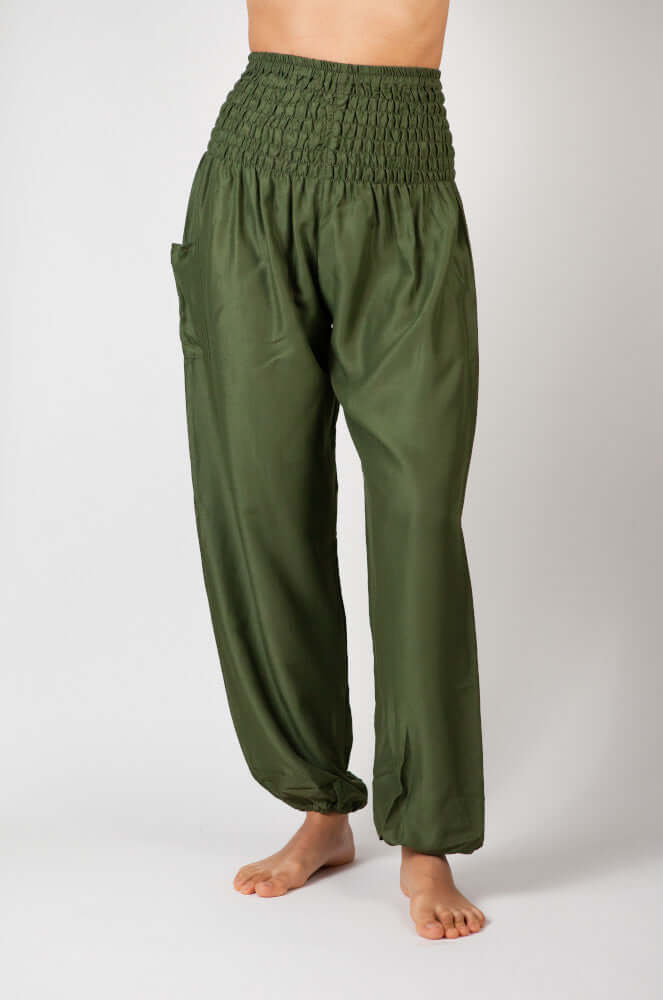



Leave a comment
This site is protected by hCaptcha and the hCaptcha Privacy Policy and Terms of Service apply.